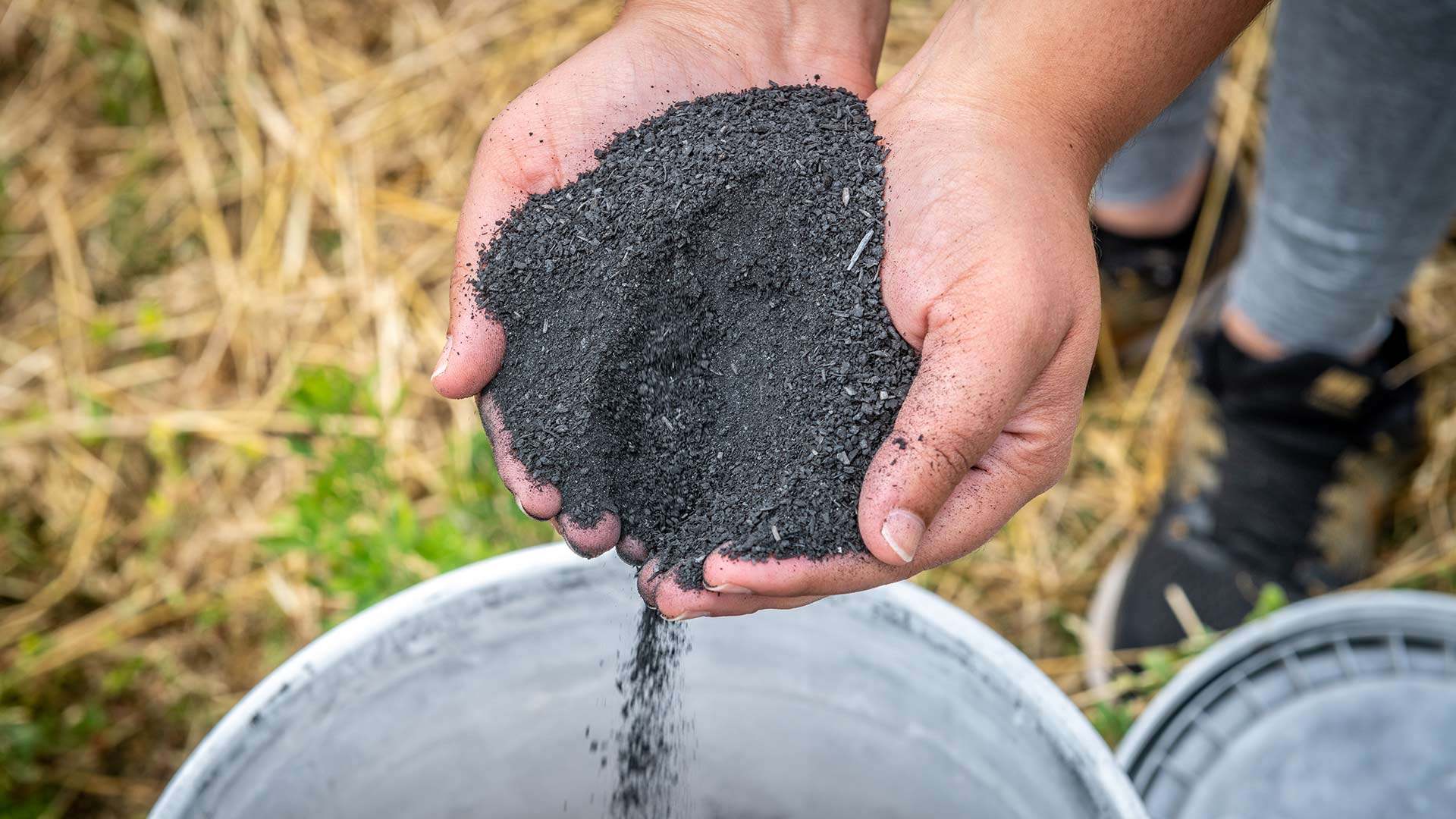-
Trainingarrow_drop_down
- About Training
-
Internationalarrow_drop_down
- About International
- Produce Safety Alliance Grower Training
- Good Fishing Vessel Practices
- Aquaculture Training Programs
- Good Agricultural Practices
- Commercially Sterile Packaged Foods
- Food Inspector Training
- Supply Chain Management for Spices and Botanical Ingredients
- WTO-SPS Professional Development
- Training Data
-
Collaborationsarrow_drop_down
- About Collaborations
-
International Collaborationsarrow_drop_down
- About International Collaborations
- About Collaborative Training Initiatives
- Collaborative Produce Safety Training Initiative
- Bangladesh Aquatic and Aquacultural Food Safety Center
- IICA-JIFSAN Collaborative Training Initiative for the Americas
- India Supply Chain Management for Spices and Botanical Ingredients (SCMSBI)
- Malaysia Ministry of Health Collaborative Framework on Food Safety Capacity Building
- Thailand Center for Commercially Sterile Packaged Foods
- About
- News & Events
- Training
- Research
-
Collaborations
-
International Collaborations
- About Collaborative Training Initiatives
- Collaborative Produce Safety Training Initiative
- Bangladesh Aquatic and Aquacultural Food Safety Center
- IICA-JIFSAN Collaborative Training Initiative for the Americas
- India Supply Chain Management for Spices and Botanical Ingredients (SCMSBI)
- Malaysia Ministry of Health Collaborative Framework on Food Safety Capacity Building
- Thailand Center for Commercially Sterile Packaged Foods
- Partnerships
-
International Collaborations
- Informatics
Ag Scientists Work to Explore Benefits of Transforming Poultry Waste
By Laura Wormuth / Feb 22, 2023 (Original article on UMD website)

Waste from poultry farms can be processed into "biochar," a carbon rich material that promotes crop growth but is safer for the environment than traditional fertilizer.
Photo by Edwin Remsberg
Backed by a $4.8 million grant from the U.S. Department of Agriculture (USDA), University of Maryland agriculture researchers are working with partners to develop a more sustainable fertilizer—one that’s safer for aquatic ecosystems than traditional alternatives and could even help fight climate change.
Standard fertilizers like poultry litter—a nutrient-rich mixture of chicken waste, feathers and bedding—reliably boost crop growth, but excess phosphorus and nitrogen from them can run off into streams, causing algal blooms, oxygen-poor “dead zones” and other problems that have plagued the Chesapeake Bay and many other water bodies worldwide.
The USDA-funded research focuses on converting the poultry litter into a material known as “biochar” through a process called pyrolysis: a slow, controlled burn at extremely high temperatures in the absence of any oxygen, resulting in a powdery end product high in carbon and other nutrients essential to crop growth.
The four-year project, working with scientists from Florida A&M University, the University of Florida, and the University of California-Davis, will focus on optimizing the process, determining how to best apply it to soils, and developing recommendations for farmers.
“The technology is there, and companies are already commercially producing biochar, so we want to improve the science, make definitive recommendations for farmers, and make its use more prevalent than it is now,” said Rohan Tikekar, an associate professor and extension specialist in the Department of Nutrition and Food Science who is leading UMD’s project team. “It won’t fully replace traditional fertilizers, but it could reduce the amount needed … . And for farmers producing that waste, it could be an additional source of revenue.”
Biochar has some inherent advantages, like being more stable than traditional fertilizers, Tikekar said. Other types of fertilizers can degrade in a few months, while biochar is stable and can stay in the soil for years. This contributes to its “carbon sequestration impact,” he said, meaning that it causes stabilized carbon to remain in soil, where it can’t contribute to atmospheric warming.
The research team also includes Shirley Micallef, associate professor in the Department of Plant Science and Landscape Architecture; Zhao Chen, assistant research scientist at the Joint Institute for Food Safety and Applied Nutrition, and Ryan Blaustein, assistant professor of nutrition and food science.
The overall project, part of USDA’s Partnerships for Climate-Smart Commodities program and headed by Florida A&M Assistant Professor Juzhong Tan, aims to use poultry litter biochar to grow leafy greens in Maryland; the universities elsewhere will test other forms of biomass as raw material for biochar and raise various vegetables and legumes using biochar.
“The geographic differences were intentional. What we’re doing is a little different from the other universities, but it’s complimentary,” said Tikekar, whose arm of the project was funded with $1.26 million of the USDA grant. “We at UMD are focused on using poultry litter as a source of manufacturing biochar because we generate a lot of it (in the state of Maryland).”

